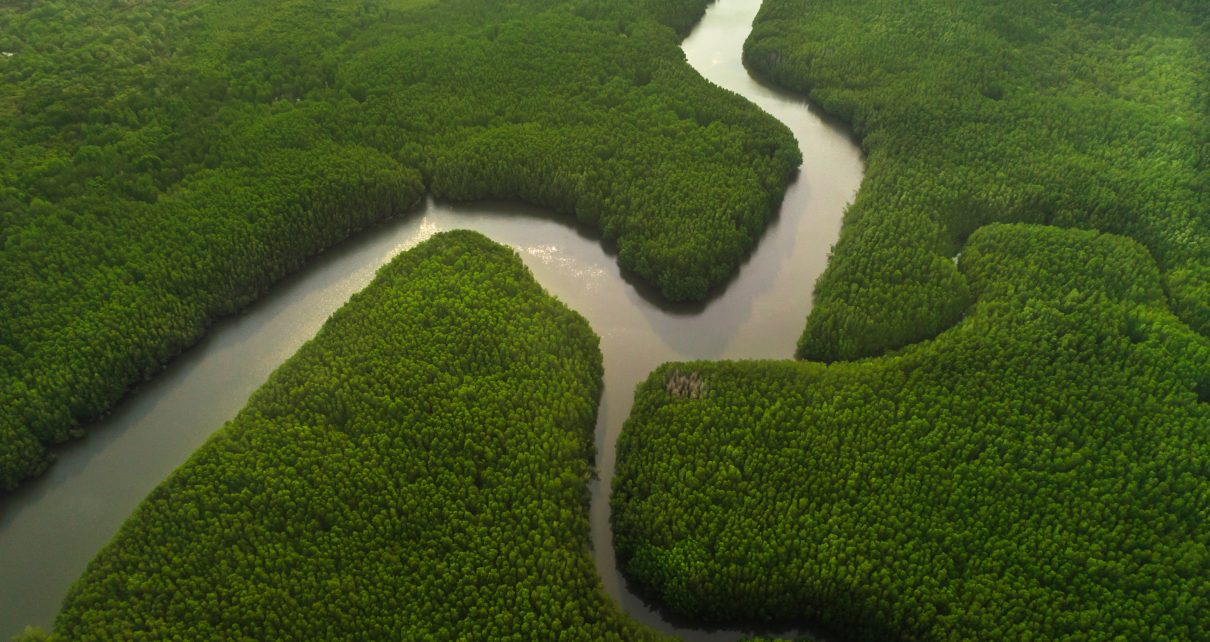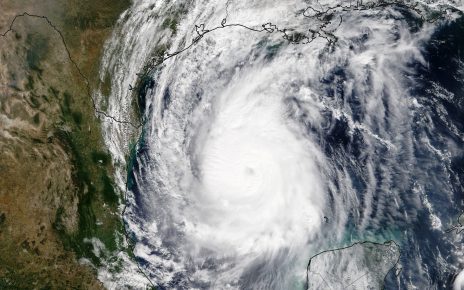Protected areas have long served as a refuge for wildlife. There are more than 100 endangered species in Hawaii’s Haleakalā National Park alone. Bajo Madidi, in the Bolivian Amazon, is home to rare river otters that grow up to six feet long. And in Indonesia, some of the last Sumatran tigers on Earth prowl through the jungles of Gunung Leuser National Park.
But in the face of today’s climate crisis, we must expand our vision of protection even further. We need to start thinking about protected areas as refuges not just for wildlife, but for carbon.
This mental shift would be subtle but profound. It would mean protecting areas that we may not have previously identified as priorities. And, as my co-authors and I found in a new paper for Nature Climate Change, it is necessary if we want to solve the climate crisis.
In addition to a rapid transition towards renewable energy, protecting carbon-rich ecosystems is one of the most effective ways we can fight climate change. For hundreds and even thousands of years, these places have absorbed carbon from the atmosphere and stored it indefinitely within trees and soil. In the process, they have created a global system of living carbon reserves.
But when these ecosystems are destroyed, their carbon gets released into the atmosphere as carbon dioxide, which causes global temperatures to rise even faster.
Our team set out to understand the potential cost of losing these reserves. We wanted to know the extent to which human activity threatened these ecosystems, how much carbon they could potentially release and how much of that carbon we could reabsorb before 2050—when we must reach zero net emissions to minimize the impact of climate change.
What we came up with was a list of places around the world that contain “irrecoverable carbon”—carbon that, if released, we could not recover within the next three decades.
Irrecoverable carbon exists in areas that are already protected, in areas that are somewhat protected and in areas that we wouldn’t otherwise prioritize for protection. Some of them face immediate pressure from agricultural and logging interests. Others will come under threat in the coming decades.
In total, they contain more than 260 gigatons of irrecoverable carbon, equivalent to 26 times last year’s fossil fuel emissions. In other words, the destruction of these ecosystems would make our long-term climate goals effectively impossible.
That is why we must immediately act to protect living carbon reserves, especially in the three areas with the greatest concentration of irrecoverable carbon: tropical peatlands, mangroves and old-growth forests.
These places span the globe, and, in too many places, they are under threat. You can find tropical peatlands, unique environments full of waterlogged soil, everywhere from the Amazon to the Congo. Mangroves span saltwater coastlines from Ecuador to Florida. And old-growth forests are as prevalent in Indonesia as they are in northwestern Canada.
National governments must protect these ecosystems, and they have several tools at their disposal. They can strengthen existing land management programs. They can establish new protected areas, potentially through a new designation for living carbon reserves. And they can incorporate carbon reserves into their strategies for land-use planning.
Meanwhile, international institutions can help governments to fund these programs. And nonprofit organizations can partner with governments and local communities to help implement them.
Individuals have a role to play, too. We can change our individual practices, like by eating less meat, while pushing for systematic changes, like demanding that companies adopt transparent and sustainable supply chains. We can also speak with our votes, opposing those who deny the risks and supporting those who push for the protection of irrecoverable carbon.
Most of us will never see a Sumatran tiger in the wild, but we instinctively realize that its survival is connected to our own. The same is true for irrecoverable carbon. Like our most endangered species, it is an element that we simply cannot afford to lose.




